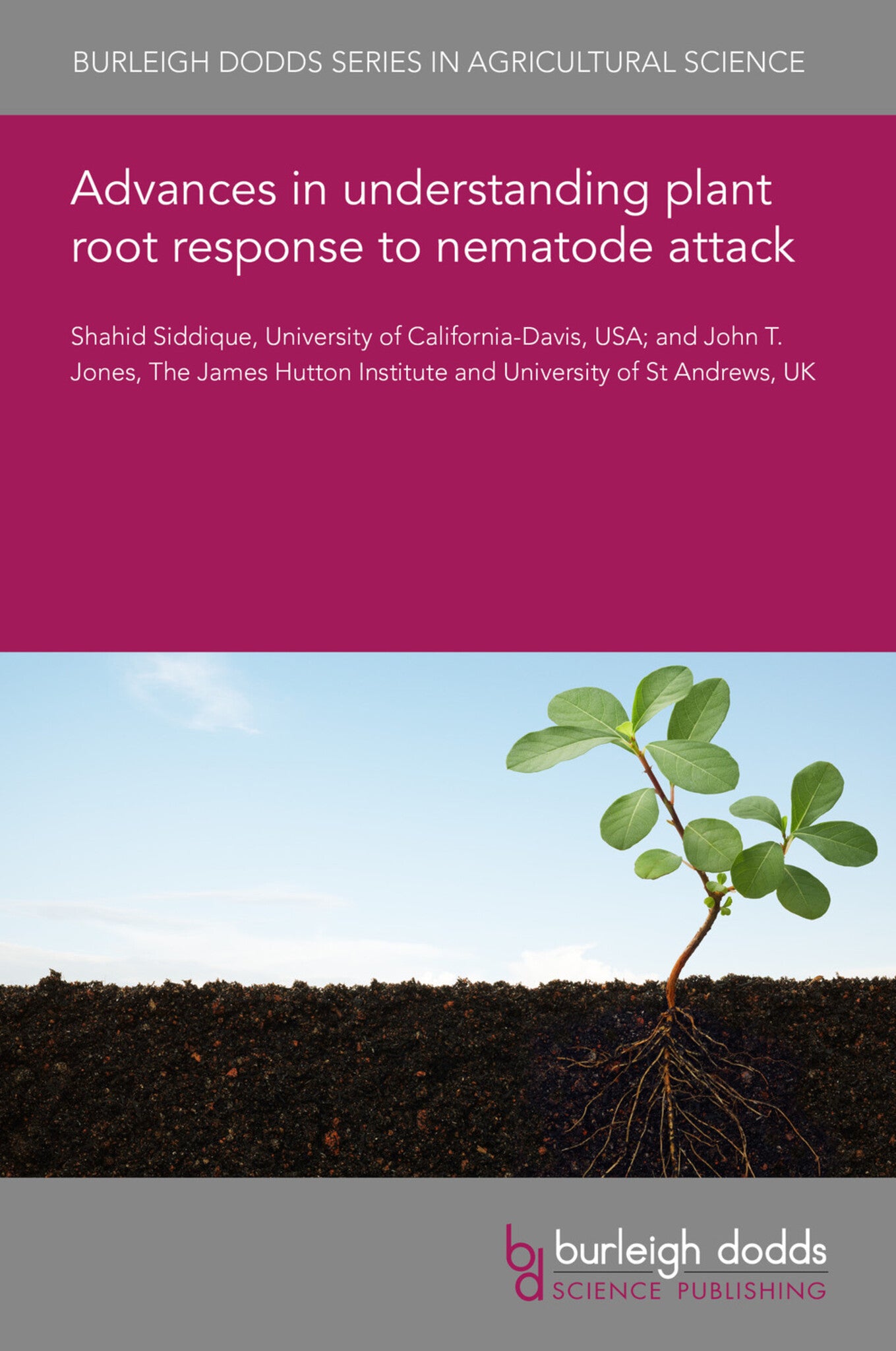We're sorry. An error has occurred
Please cancel or retry.
Advances in understanding plant root response to nematode attack
Regular price
£25.00
Sale price
£25.00
Regular price
£0.00
Unit price
/
per
Sale
Sold out
Re-stocking soon
Plant parasitic nematodes are damaging pests on all crops grown across the world. They exploit plants using a range of strategies, ranging from simple browsing ectoparasitism to highly complex bio...
Read More

Some error occured while loading the Quick View. Please close the Quick View and try reloading the page.
Couldn't load pickup availability
- Format:
-
18 January 2021

Plant parasitic nematodes are damaging pests on all crops grown across the world. They exploit plants using a range of strategies, ranging from simple browsing ectoparasitism to highly complex biotrophic endoparasites. Some nematodes induce the formation of complex feeding structures in the roots of their hosts that require extensive reprogramming of host gene expression. These changes include changes in fundamentally important plant processes, including the cell cycle. Natural resistance can be used to control plant nematodes, and great progress has been made in mapping and identifying resistance genes against nematodes. Recent work has shown that the dependence of nematodes on a feeding structure has allowed plants to evolve new mechanisms of resistance that target this structure with a toxic response.

Price: £25.00
Publisher: Burleigh Dodds Science Publishing
Imprint: Burleigh Dodds Science Publishing
Series: Burleigh Dodds Series in Agricultural Science
Publication Date:
18 January 2021
ISBN: 9781786769985
Format: eBook
BISACs:
TECHNOLOGY & ENGINEERING / Agriculture / Agronomy / Crop Science, Agronomy and crop production, TECHNOLOGY & ENGINEERING / Agriculture / Sustainable Agriculture, TECHNOLOGY & ENGINEERING / Pest Control, Sustainable agriculture, Pest control / plant diseases

1 Introduction 2 Modes of parasitism 3 Plant-nematode interactions 4 Activation and suppression of plant defence responses 5 Resistance 6 Future trends 7 Where to look for further information 8 Acknowledgement 9 References



